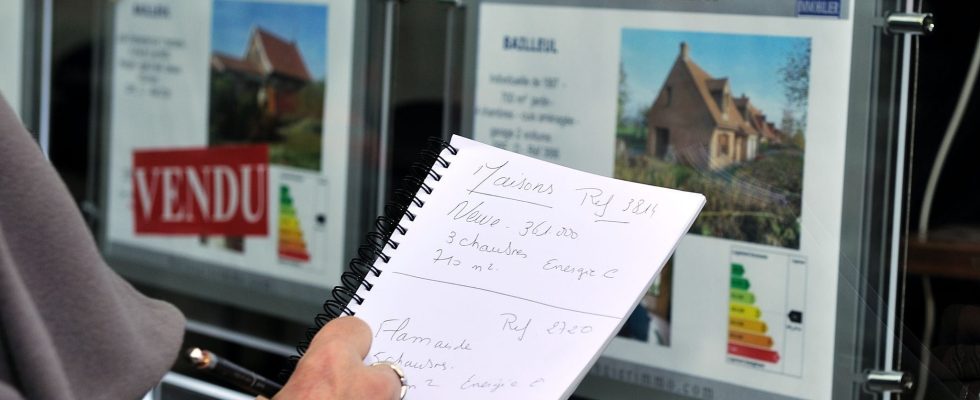Good news for the ecological transition. The number of homes considered as energy sieves in France is estimated at 6.6 million in total as of January 1, 2023 compared to 7.1 million in 2022, a drop of 7%, according to the annual report from the National Energy Observatory. energy renovation.
In total, “out of the 37 million housing units in the entire French housing stock (main residences, secondary residences and vacant housing), the number of energy sieves on January 1, 2023 is estimated at 6.6 million (17.8% of the park) compared to 7.1 million (19.5%) in 2022, a drop of 7%”, indicates a publication posted online on November 20.
380,000 primary residences improved their performance
In the energy performance diagnoses (DPE) established for housing and buildings, whose ratings can range from A to G, those which are considered energy or thermal sieves are rated “F” or “G”, most of the time by lack of insulation or heating with fossil fuels (gas, fuel oil) which emits high amounts of CO2. The DPEs, created in 2006 and reformed in 2021, assess the energy consumption of a home or building and its impact in terms of greenhouse gas emissions.
Taking into account only the 30 million main residences that France had on January 1, 2023, the number of sieves is estimated at “around 4.8 million”, or 15.7% of the stock compared to “5.1 million” in 2022 (i.e. 17.1%), specifies the Observatory. This number is estimated “down by almost 380,000 housing units compared to 2022”. The social rental stock consumes less energy on average than the private stock: 380,000 housing units and 8.1% of F and G labels, compared to 4.4 million and 17.1% for the private stock, notes the document.
Ile-de-France “presents the most unfavorable situation”
By region, with 21.7% of energy strainers and 47.5% of housing classified from E to G among main residences, Ile-de-France “presents the most unfavorable situation”. This is explained in particular by the significant share of small housing in this region (43% of housing under 60 m2 compared to 27% on average), these housing having the highest rates of colanders (31.3% for less than 30 m2, 19.7% between 30 and 60 m2).
Overall, among second homes and vacant homes, the proportion of energy-intensive homes is higher than among primary residences. Nearly 30% of second homes (around 1.1 million homes) and 24% of vacant homes (around 0.7 million) receive the F or G label.
The Observatory is based on DPEs carried out between October 2022 and March 2023 (i.e. 915,000 diagnoses), after extrapolation to the entire housing stock.
